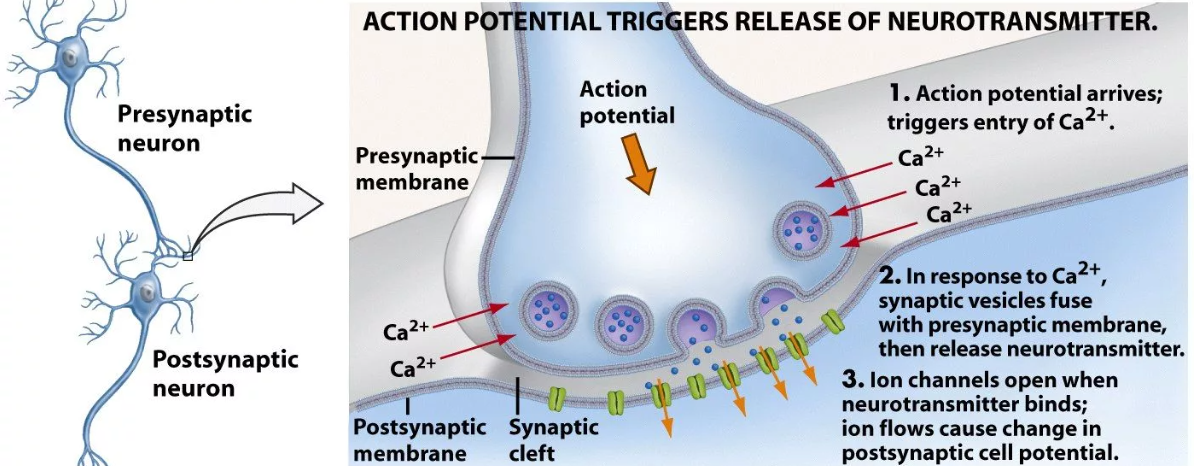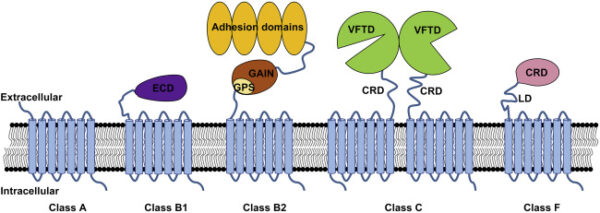Neurotransmitter transporter inhibitors play a crucial role in regulating the levels of neurotransmitters in the central nervous system, making them prime targets for drug discovery. The identification and development of a specialized library of neurotransmitter transporter inhibitors hold immense potential in the treatment of neurological and neuropsychiatric disorders. In this blog, we will delve into the significance of neurotransmitter transporter inhibitors and how the Neurotransmitter Transporter Inhibitors Library is advancing drug discovery efforts.
Understanding Neurotransmitter Transporter Inhibitors:
Neurotransmitter transporter inhibitors are compounds that modulate the function of specific transporter proteins, facilitating the increase or decrease in the concentration of neurotransmitters in the synaptic cleft. The synaptic cleft is the space between two neurons where neurotransmitters are released and received, causing an action potential in the receiving neuron. By inhibiting transporter activity, neurotransmitter transporter inhibitors can increase the availability of specific neurotransmitters, enhancing transmission and signaling in the central nervous system.
Types of Neurotransmitter Transporter Inhibitors:
Several types of neurotransmitter transporter inhibitors have been identified and studied. Here are some examples:
- Serotonin Selective Reuptake Inhibitors (SSRIs): SSRIs are a class of compounds that selectively inhibit the serotonin transporter, increasing the concentration of serotonin in the synaptic cleft. This modulation is effective in treating various neuropsychiatric disorders, including depression, anxiety disorders, and obsessive-compulsive disorder.
- Dopamine Transporter Inhibitors (DTIs): DTIs are compounds that target the dopamine transporter, increasing the concentration of dopamine in the synaptic cleft. DTIs have been studied for their potential in treating dopamine-related disorders like Parkinson’s disease, attention deficit hyperactivity disorder (ADHD), and substance abuse disorders.
- Norepinephrine Transporter Inhibitors (NETIs): NETIs are compounds that target the norepinephrine transporter, regulating the concentration of norepinephrine in the synaptic cleft. NETIs hold promise in the treatment of depression, anxiety disorders, and post-traumatic stress disorder (PTSD).
- Gamma-Aminobutyric Acid Transporter Inhibitors (GATIs): GATIs are compounds that target gamma-aminobutyric acid (GABA) transporters, regulating GABA concentration in the synaptic cleft. GATIs are being studied for their potential in treating anxiety disorders and epilepsy.
Introduction to the Neurotransmitter Transporter Inhibitors Library:
The Neurotransmitter Transporter Inhibitors Library is a specialized collection of compounds designed to modulate the activity of various neurotransmitter transporters. This library integrates advanced computational techniques, structure-activity relationship (SAR) analysis, and high-throughput screening to identify and optimize novel compounds with selective and potent transporter inhibition properties. Here’s how the Neurotransmitter Transporter Inhibitors Library is advancing drug discovery:
Targeted Compound Design: The Neurotransmitter Transporter Inhibitors Library is designed with a focus on specific neurotransmitter transporters implicated in various neurological and neuropsychiatric disorders. By incorporating structural information and SAR analysis, the library aims to identify compounds that selectively target individual transporter subtypes, contributing to more precise and effective therapeutic interventions.
High-Throughput Screening: The Neurotransmitter Transporter Inhibitors Library utilizes high-throughput screening approaches to efficiently screen a large number of compounds against transporter subtypes. This screening enables rapid identification of potential lead compounds, significantly reducing the time and resources required for preclinical development.
Optimization of Pharmacokinetic Properties: The Neurotransmitter Transporter Inhibitors Library incorporates medicinal chemistry strategies and computational modeling to optimize key pharmacokinetic properties of lead compounds. This optimization ensures the compounds have desirable drug-like characteristics, such as improved oral bioavailability, reduced toxicity, and extended half-life, enhancing their potential for clinical development.
Advantages of the Neurotransmitter Transporter Inhibitors Library:
The Neurotransmitter Transporter Inhibitors Library offers several advantages in the field of drug discovery:
Enhanced Selectivity: By focusing on specific neurotransmitter transporters, the library enables the identification of compounds with high selectivity, minimizing off-target effects, and reducing the risk of adverse events associated with non-specific modulation.
Accelerated Drug Discovery: The integration of computational techniques and high-throughput screening in the Neurotransmitter Transporter Inhibitors Library expedites the identification of lead compounds, streamlining the drug discovery process and shortening the timeline for potential therapeutic interventions.
Diverse Therapeutic Potential: The Neurotransmitter Transporter Inhibitors Library holds promise for a wide range of therapeutic applications, as neurotransmitter transporter inhibitors are involved in various neurological and neuropsychiatric disorders. Modulating transporter activity has the potential to address conditions such as depression, anxiety disorders, ADHD, substance abuse disorders, and epilepsy, among others.




